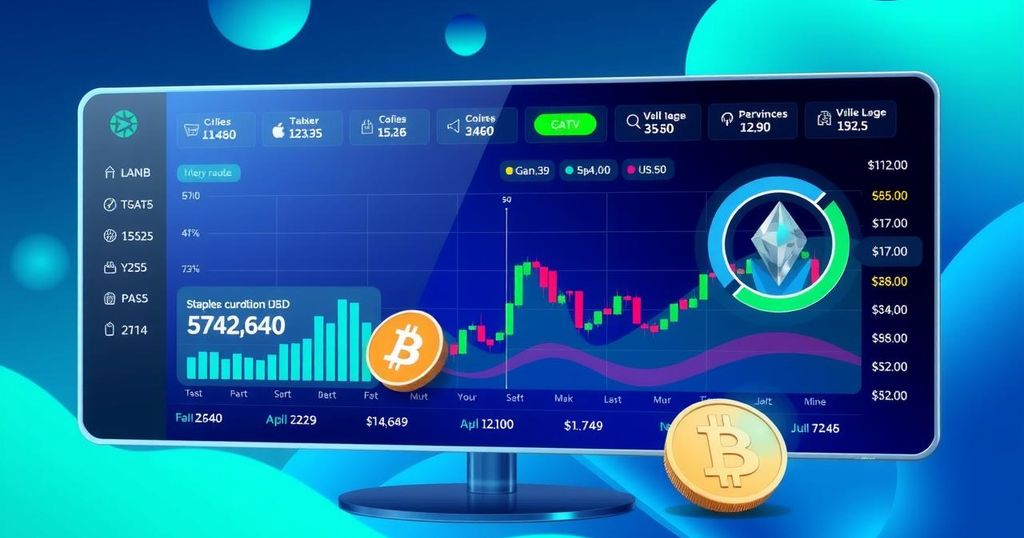The Protocol: Solana’s Allure for Developers; Avalanche’s Major Upgrade
Solana attracts most new crypto developers in 2024; Kraken launches Ink layer-2. Avalanche announces major upgrade. Bitcoin’s Stacks L2 introduces AMM for Runes. ENS picks Linea for Namechain. Patchwork simplifies blockchain app creation. EigenLayer’s Sreeram Kannan recognized as influential figure.
In this week’s issue of The Protocol, we’re diving into the fascinating developments shaking up the cryptocurrency landscape. Solana has become the hottest hub for new developers—it’s pulling ahead, attracting more talent than Ethereum for the first time since 2016. The report from Electric Capital points out that 2024 saw Solana bringing in 7,625 new developers while Ethereum lagged just behind with around 6,500. This clearly showcases just how appealing Solana’s low transaction fees and speedy performance are compared to its rivals.
Solana’s energy is palpable, especially after the Pudgy Penguins NFT project launched its token, PENGU. Tuesday saw a staggering 66.9 million transactions—a record day for the blockchain since it emerged in 2020. To put that in perspective, Solana’s transaction count left all the major competitors in the dust, totaling higher than the collective transaction counts of other chains. It’s no doubt a significant indicator of its growing ecosystem—developers are definitely taking notice.
On another front, Kraken has officially rolled out its layer-2 network called Ink. The network, built on Ethereum, aims to rival Coinbase’s successful Base. Developed with help from the OP Stack, Ink allows developers an easy way to create their own applications using Optimism’s technology. Originally slated for early 2025, the team surprised many by launching earlier than expected. This fast track might just give Kraken a real edge in the evolving crypto marketplace.
Then there’s Avalanche, which activated its Avalanche9000 upgrade this week. This marks a monumental technical shakeup for the blockchain, established in 2020. As the tenth largest in terms of total value locked, this upgrade aims to pick up the pace, significantly cutting costs for transactions and validator operations. The team hopes to lure in developers to create custom blockchains, or subnets, with these new features.
In Bitcoin news, a new automated market maker (AMM) has emerged for the Runes protocol, debuting Wednesday on Stacks. This innovation means faster, cheaper trading of Bitcoin’s version of memecoins. Following the launch of the sBTC asset, trading fees quickly surged but have since dropped considerably. The expectation is that this AMM will boost scale and handle some previously seen limitations that stymied growth.
ENS Labs has also made waves by selecting Linea’s zero-knowledge rollup technology for its upcoming layer-2 network. Known as Namechain, this service aims to enhance transaction speed and lower costs. As the recognizable face of Ethereum’s infrastructure, ENS is essentially the domain name service for wallets, providing a manageable way to connect user-friendly names with long, complex Ethereum addresses. ENS’s founder, Nick Johnson, emphasized the urgency of fast finality to ensure users can quickly update their names in the system, which plays into the idea of maintaining a decentralized service.
In the pursuit of simplifying development, Patchwork – a startup launched by ex-Coinbase staffers – has rolled out no-code tools to ease the building of decentralized applications. Their latest version promises a much less intimidating pathway for creators looking to dive into blockchain tech, leading to a future where app development feels nearly as simple as writing text. With a vision of creating a “text-to-app” experience, Patchwork could very well redefine access to decentralized application development.
Lastly, EigenLayer’s Sreeram Kannan has emerged as a notable figure in crypto, particularly recognized as one of CoinDesk’s most influential for 2024. In a candid interview, he spoke about the unexpected rise of EigenLayer and the challenges that come with such a fast-growing vision. Despite facing criticisms and internal controversies, Kannan showcased a reflective yet ambitious outlook. He believes his platform—allowing new blockchain applications to leverage Ethereum’s security—is a game-changer. Kannan has certainly played a pivotal role in the recent resurgence of decentralized finance, and he continues to engage eagerly with the industry.
This week’s The Protocol highlights some significant shifts in the cryptocurrency ecosystem. Solana stands out as the new favorite for developers, while major players like Kraken and Avalanche launch new tech. Innovations like the AMM for Runes and Patchwork’s no-code tools signal a push towards more accessible crypto technology. Meanwhile, EigenLayer’s success hints at a shifting landscape in decentralized finance. All these factors point toward a rapidly evolving sector that’s picking up steam—definitely one to keep an eye on.
Original Source: www.coindesk.com




Post Comment